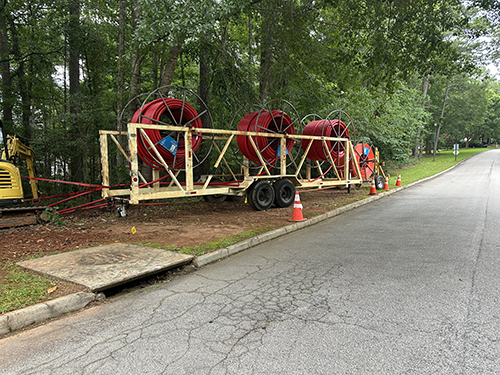High-speed fiber internet is transforming the way we work, learn and stay connected- but getting it to homes and businesses takes time, planning and a lot of hard work. Diverse Power was the first EMC in Georgia approved to provide broadband, and the pioneering spirit continues to drive us forward. While fiber installation follows a general process everywhere, Kudzu Networks, a subsidiary of Diverse Power, is taking a unique approach by prioritizing unserved areas first and expanding gradually to ensure a reliable and lasting network. Here’s a behind-the-scenes look at how fiber is brought to communities and how we’re making it happen.
How Fiber Internet Is Installed
Step 1: Identifying Areas in Need
The first step in any fiber expansion project is determining where service is most needed. Many internet providers focus on highly populated areas, but Kudzu Networks is committed to serving the unserved first – bringing broadband to communities that seem to have been left behind.
Step 2: Planning and Permitting
Before construction begins, extensive planning takes place. Engineers map out the most efficient routes for fiber-optic cables, considering utility poles, underground pathways and existing electrical infrastructure. Permits must also be secured before any work begins.
Step 3: Constructing the Fiber Network
Once plans are approved, crews begin installing fiber lines. This can be done in two ways:
- Aerial Installation: Running fiber cables along existing utility poles.
- Underground Installation: Burying fiber in protective conduits beneath roads or sidewalks.
For Kudzu Networks this process usually starts with Diverse Power’s existing electric infrastructure, allowing for a more efficient and cost-effective expansion.
Step 4: Splicing, Testing and Activating Service
After fiber cables are installed, technicians splice (connect) sections together and test the network to ensure strong signal quality. Once everything is operational, homes and businesses can begin receiving service.
Step 5: Connecting Homes and Businesses
Customers can sign up for service, and a technician will install fiber to the home or business. This typically includes installing an optical network terminal (ONT) inside or outside the building to convert the fiber signal into a usable internet connection.
At Kudzu Networks our technicians are members of the communities we serve, which means installation happens quickly, and if any issues arise, we solve them fast – because we’re close, and we care.
The Future of Fiber Expansion
Bringing fiber internet to every home and business doesn’t happen overnight, but by doing it steadily and sustainably, we can ensure long-term reliability. If fiber isn’t in your area yet, know that expansion efforts are constantly underway, and your community could be next in line.
If you would like to see if fiber is ready in your area or if you are interested, visit www.kudzuconnect.com/getconnected/.

